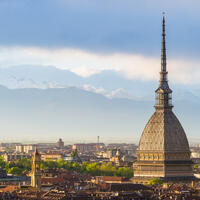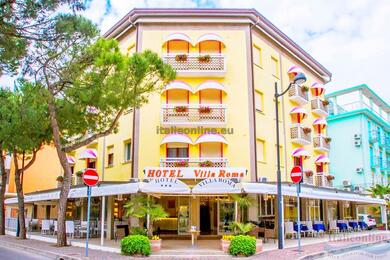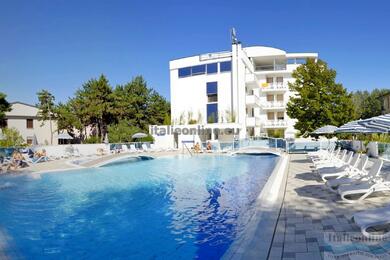The origin of focaccia dates back to ancient Rome, where it was known as 'panis focacius'. The word 'focaccia' comes from the Latin 'focus', meaning hearth or hearth, as this bread was originally baked on hot stones in a fireplace. Focaccia was popular not only for its taste but also for its ease of preparation and richness.
Focaccia comes from the region of Liguria, where it is known as 'fugassa'.
Traditional preparation and variations
The basic dough for focaccia consists of a few basic ingredients: flour, water, olive oil, salt and yeast. Once the dough has risen, the focaccia is traditionally baked on a baking sheet that has been generously greased with olive oil. This process gives the bread its characteristic crispy crust. Before baking, the dough is covered with another layer of olive oil and often sprinkled with coarse salt and herbs such as rosemary.
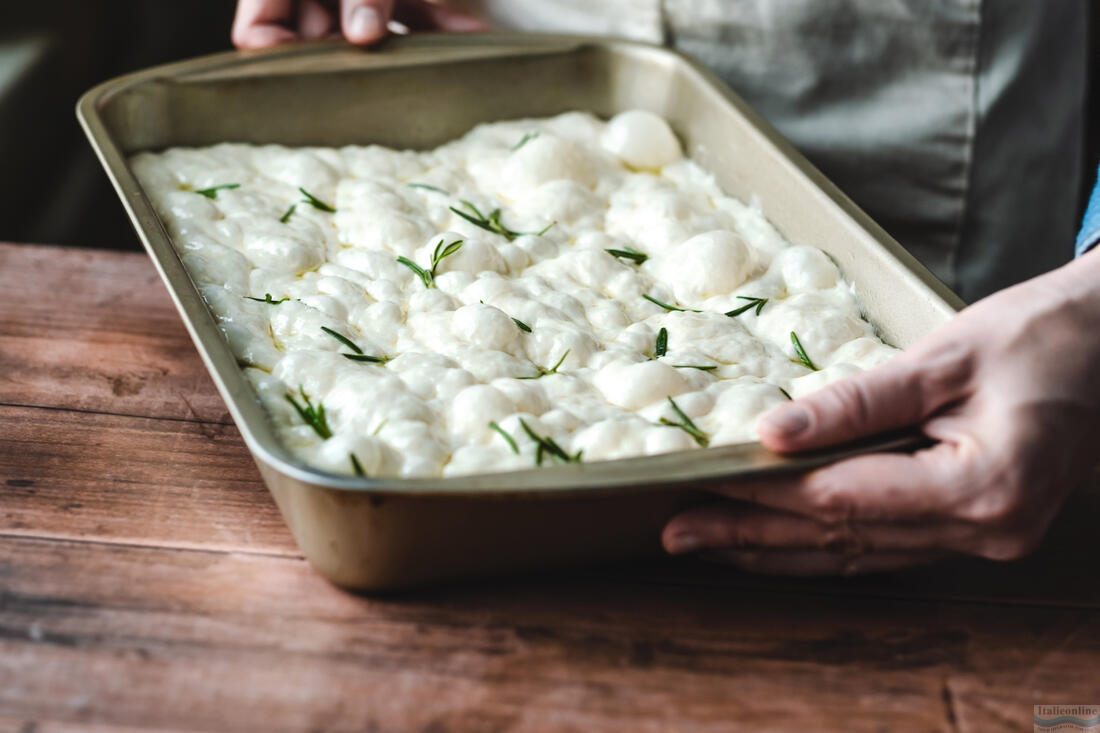
One of the charms of focaccia is its versatility. There are countless variations that vary region to region and cook to cook. A popular variant is focaccia with onions or olives, which offers intense and aromatic flavours.
In modern gastronomy, focaccia often appears in creative variations with different vegetables, cheeses, sun-dried tomatoes.
But you can also find different types of focaccia all over Italy. The classic Ligurian focaccia is simple, with olive oil and coarse salt and rosemary. The Genoese version is similar to the Ligurian, but sometimes onions or olives are added. In the Apulia region, focaccia is often baked with tomatoes and olives, known as 'focaccia barese'. In Tuscany, the 'schiacciata' is popular, which is thinner and crispier, often flavoured with rosemary and olive oil. And in north-west Italy, for example, a sweet version, focaccia dolce, is popular a basic dough lightly dusted with sugar, or raisins, honey or other sweet ingredients.
Focaccia is also used as a base for sandwiches or as a side dish for soups and salads.
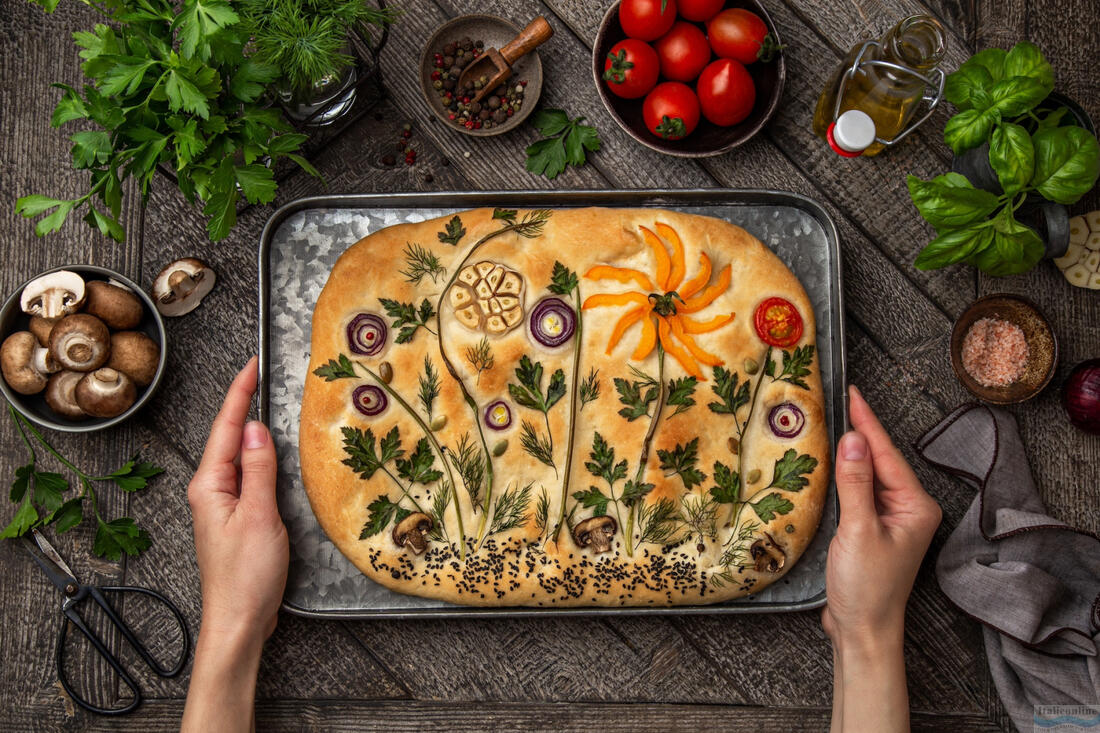
Focaccia has gained a firm place in the modern kitchen thanks to its simplicity and flexibility. It is popular among home bakers and professional kitchens alike. Thanks to its ability to absorb flavours and aromas, focaccia is often served as an appetizer with different types of dips or as part of buffet tables.




